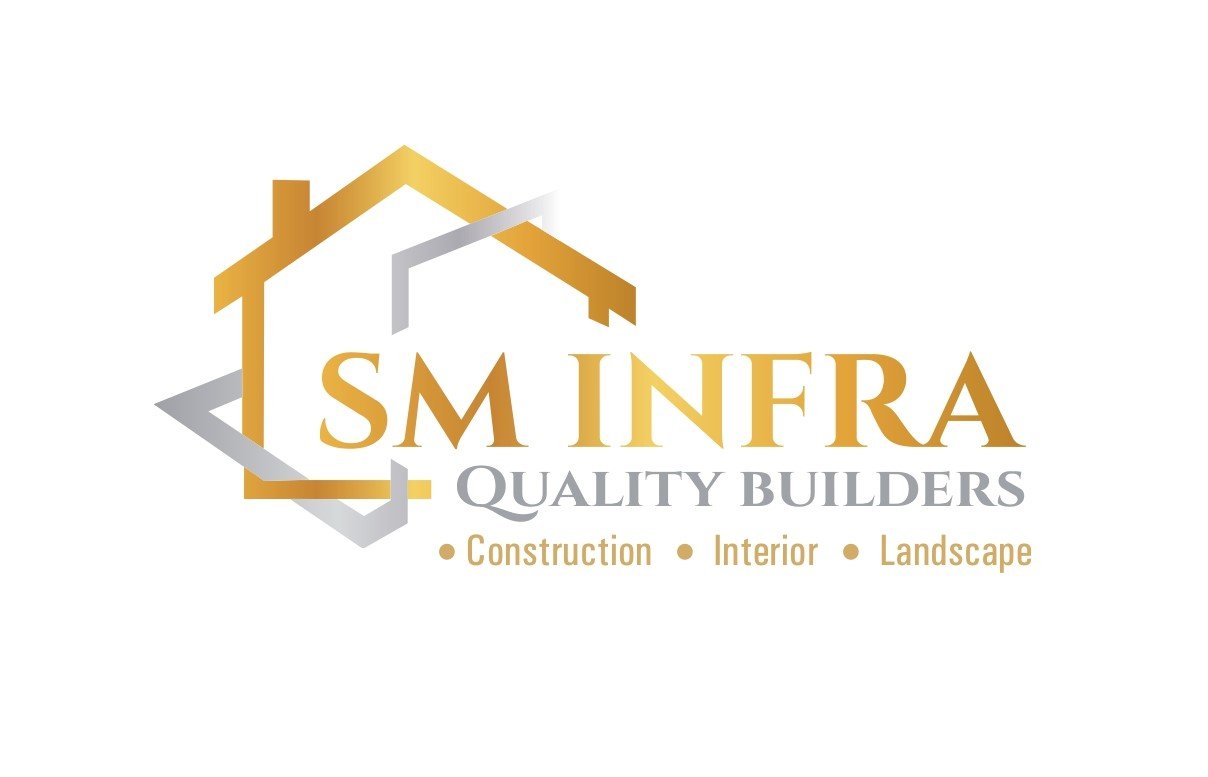Residential buildings are structures designed primarily for people to live in, offering private spaces and amenities tailored to domestic life. They vary widely in form and function, ranging from single-family homes and townhouses to apartment complexes and condominiums.
Single-Family Homes are standalone structures intended for one household. They often come with private yards and include features like multiple bedrooms, bathrooms, a kitchen, and living areas. Single-family homes can range from modest bungalows to luxurious estates.
Townhouses are attached homes that share walls with neighboring units but offer private entrances. They often have multiple floors and may include small yards or outdoor spaces. Townhouses are popular in urban settings where space is limited.
Apartment Complexes consist of multiple rental units within a single building or a group of buildings. They can range from low-rise to high-rise structures and offer a variety of amenities such as shared recreational facilities, laundry rooms, and secure entryways. Apartments are designed for rental occupancy and typically include essential living spaces like bedrooms, bathrooms, kitchens, and living rooms.
Condominiums (Condos) are similar to apartments but are individually owned rather than rented. Condominiums often come with shared common areas like pools, gyms, and landscaped grounds, with owners having responsibility for their own units and a share of the communal spaces.
Residential buildings are characterized by their focus on comfort and livability. Key elements often include:
- Design and Layout: Optimized for privacy and functionality, with considerations for natural light, ventilation, and space utilization.
- Construction Materials: Typically include materials that ensure durability, insulation, and aesthetic appeal.
- Amenities: Vary by building type and may include modern kitchens, energy-efficient systems, storage spaces, and outdoor areas like balconies or gardens.
- Safety and Accessibility: Adherence to building codes for safety, including fire protection and accessibility features for people with disabilities.
Renovation in residential buildings often focuses on updating outdated features, enhancing energy efficiency, or reconfiguring spaces to better meet the needs of the occupants. This can include anything from minor cosmetic changes to major structural updates, always with the aim of improving the overall quality and comfort of the living environment.


















No comments found for this product. Be the first to comment!